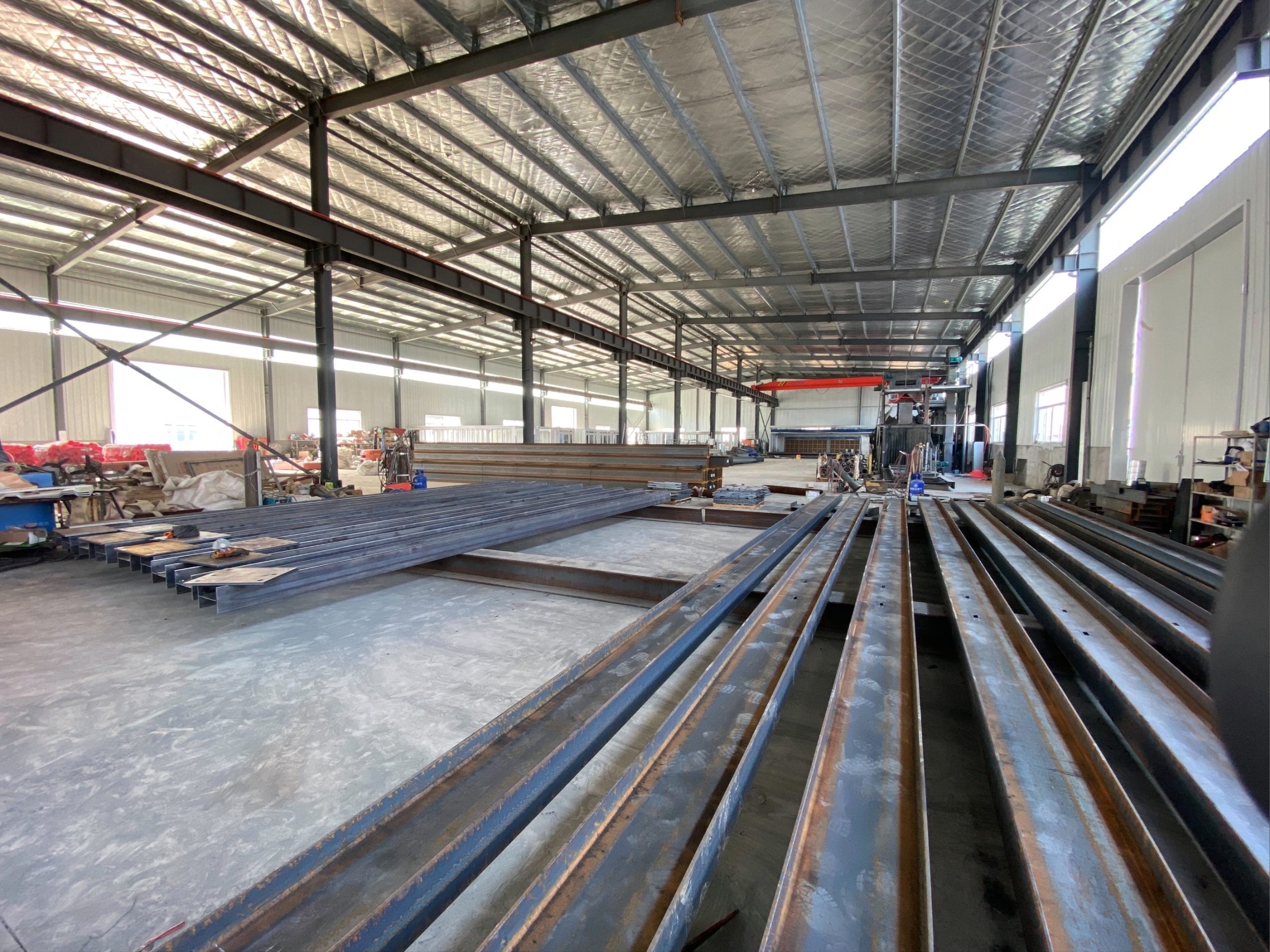Table of Contents
Importance of Seismic Support in Damping and Absorbing Energy during an Earthquake
Importance of Seismic Support in Damping and Absorbing Energy during an Earthquake
When an earthquake strikes, the destructive forces unleashed can wreak havoc on buildings and infrastructure. The immense energy released during seismic events can cause extensive damage, leading to loss of life and economic devastation. However, with the implementation of proper seismic support systems, buildings can mitigate the impact of earthquakes and protect the lives of occupants. In this article, we will explore the crucial role played by seismic support in damping and absorbing energy during an earthquake.
Seismic support refers to the design and installation of structural elements that are specifically engineered to withstand the lateral forces generated by seismic activity. These elements include various components such as base Isolators, dampers, and bracing systems. Their primary purpose is to dissipate and absorb the energy produced by an earthquake, thereby reducing the structural response and minimizing damage.
One of the key components of seismic support systems is base isolation. This technique involves placing a flexible layer, such as rubber or Lead, between the building’s foundation and the ground. This layer acts as a shock absorber, allowing the structure to move independently of the ground during an earthquake. By isolating the building from the shaking ground, base isolation reduces the transfer of seismic energy to the structure, thus safeguarding it against potential damage.
Another vital aspect of seismic support is the use of dampers. These devices are designed to absorb and dissipate energy by converting it into heat. Common types of dampers include viscous dampers, friction dampers, and tuned mass dampers. Viscous dampers, for example, consist of a piston that moves through a viscous fluid, generating resistance and dissipating energy. By incorporating dampers into the structural system, buildings can effectively reduce the amplitude and duration of vibrations, enhancing their overall resilience.
Additionally, bracing systems play a significant role in seismic support. Braces are typically diagonal members that connect different parts of the structure, reinforcing its resistance to lateral forces. By distributing the seismic energy throughout the structure, braces help prevent the concentration of stress in specific areas, ensuring the overall stability and integrity of the building. Different types of braces, such as X-bracing and eccentric bracing, offer varying Levels of stiffness and can be tailored to suit the specific requirements of the structure.
In conclusion, seismic support plays a vital role in damping and absorbing energy during an earthquake. Through the implementation of base isolation, dampers, and bracing systems, buildings can effectively mitigate the destructive forces of seismic events. By dissipating and absorbing the energy produced by an earthquake, these support systems help reduce the structural response and minimize damage, ultimately safeguarding lives and preserving infrastructure. As we continue to advance our understanding
Different Types of Seismic Supports and Their Mechanisms
How does the seismic support play a role in damping and absorbing energy when an earthquake occurs?
Different Types of Seismic Supports and Their Mechanisms
In the face of a powerful and destructive force like an earthquake, it is crucial to have infrastructure in place that can withstand the tremendous energy and vibrations generated. Seismic supports, often referred to as seismic dampers or base isolators, play a vital role in protecting buildings and structures during seismic events. These supports are designed to absorb and dissipate the energy generated by earthquakes, reducing the potential for damage and ensuring the Safety of occupants. In this article, we will explore the different types of seismic supports and their mechanisms.
One of the most commonly used seismic supports is the base isolator. This type of support system is typically placed between the foundation of a building and the ground. Base isolators are designed to decouple the structure from the ground, allowing it to move independently during an earthquake. By doing so, the base isolators absorb a significant portion of the seismic energy, effectively reducing the force transmitted to the building. This mechanism helps to prevent excessive shaking and displacement, minimizing the risk of structural failure.
Another type of seismic support is the tuned mass damper (TMD). This mechanism is often employed in tall buildings and structures that are susceptible to wind-induced vibrations as well as seismic events. A tuned mass damper consists of a mass suspended within the structure, designed to counteract the vibrations caused by external forces. During an earthquake, the tuned mass damper oscillates in opposition to the building’s natural frequency, effectively reducing the amplitude of the vibrations. This absorption of energy helps to protect the structure from excessive movement and potential damage.
Friction pendulum systems (FPS) are another commonly used type of seismic support. These systems utilize the principle of pendulum motion to mitigate the effects of seismic events. An FPS consists of a pendulum-like device that is attached to the structure. As the ground shakes during an earthquake, the pendulum moves freely, generating frictional forces that dissipate energy. By absorbing and dissipating energy in this manner, FPS helps to reduce the impact on the building, minimizing structural damage and ensuring the safety of occupants.
In addition to base isolators, tuned mass dampers, and friction pendulum systems, there are various other types of seismic supports that are employed in different scenarios. These include elastomeric Bearings, which use rubber or elastomeric materials to absorb and dissipate energy, and viscous dampers, which utilize the viscosity of fluids to provide damping properties.

In conclusion, seismic supports are essential components of structures that help to dampen and absorb energy during earthquakes. By employing different mechanisms such as base isolation,

